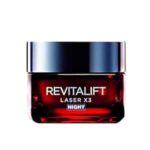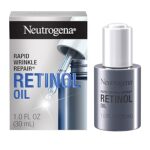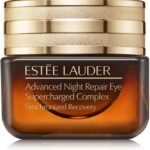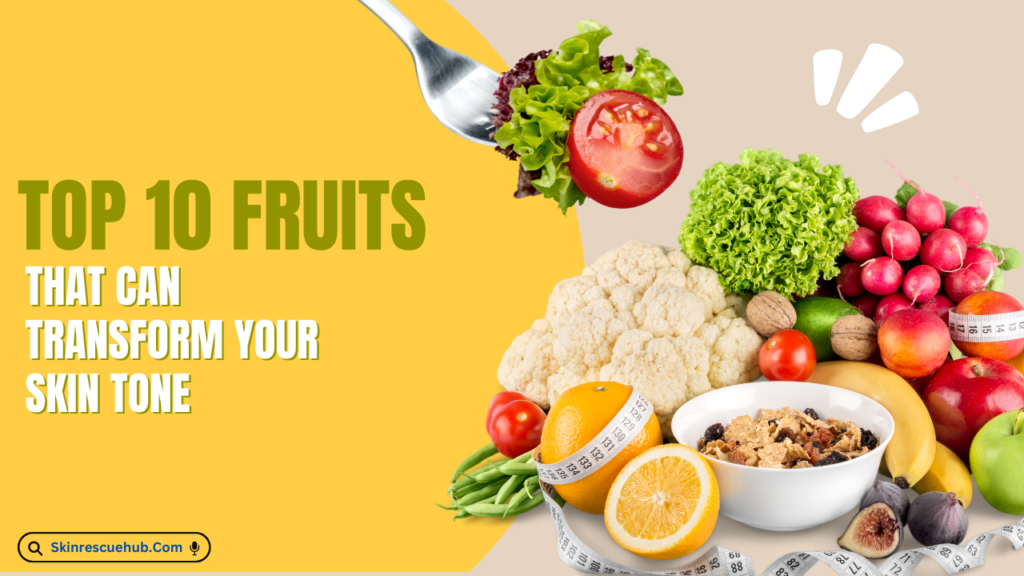
Aging is an inevitable part of life, and the face often bears the earliest and most visible signs of this natural process. While it’s impossible to completely halt aging, understanding why it happens and exploring effective treatments can help you maintain a youthful appearance for longer. Here’s a deep dive into the science of facial aging and the strategies to treat it.
The Science Behind Facial Aging
Loss of Collagen and Elastin Collagen and elastin are the building blocks of youthful skin. Collagen provides structure and strength, while elastin ensures skin remains supple and resilient. As we age, the production of these proteins decreases, leading to sagging, wrinkles, and a loss of firmness.
Reduction in Fat Volume The fat pads beneath the skin provide a plump, youthful appearance. Over time, these fat pads shrink and shift, resulting in hollowness under the eyes, sunken cheeks, and a more angular jawline.
Bone Resorption Facial bones, including the jaw and cheekbones, gradually lose density with age. This structural change can make the face appear less defined and more gaunt.
Environmental Factors Sun exposure, pollution, and lifestyle habits like smoking accelerate skin aging by generating free radicals, which damage skin cells and degrade collagen.
Changes in Skin Texture and Pigmentation With age, skin becomes thinner, drier, and more prone to pigmentation issues such as age spots, uneven tone, and redness.
How to Treat Facial Aging
While aging cannot be stopped, numerous treatments can mitigate its effects and rejuvenate the skin. Here’s a breakdown of effective strategies:
1.Preventive Measures
Sunscreen: Daily use of a broad-spectrum SPF protects against UV damage, which is a primary cause of premature aging.
Healthy Lifestyle: A diet rich in antioxidants, regular hydration, and avoiding smoking and excessive alcohol consumption can preserve skin health.
Sleep: Quality sleep allows your skin to repair and regenerate.
2.Topical Treatments
Retinoids: Retinol and prescription retinoids boost collagen production and improve skin texture.
Vitamin C: A powerful antioxidant, vitamin C brightens skin, reduces pigmentation, and combats free radical damage.
Moisturizers: Products containing hyaluronic acid, ceramides, and peptides help maintain hydration and strengthen the skin barrier.
3.Non-Invasive Procedures
Chemical Peels: These exfoliate the top layer of skin, improving texture and reducing fine lines.
Microneedling: Stimulates collagen production and enhances skin elasticity.
Laser Treatments: Address pigmentation, reduce redness, and tighten skin by stimulating collagen.
4.Minimally Invasive Treatments
Botox: Relaxes facial muscles to smooth dynamic wrinkles such as crow’s feet and frown lines.
Dermal Fillers: Restore lost volume in areas like the cheeks, lips, and under-eye region.
Thread Lifts: Provide subtle lifting and tightening without surgery.
5.Surgical Options
Facelifts: Remove excess skin and tighten underlying tissues for a comprehensive rejuvenation.
Eyelid Surgery: Corrects drooping eyelids and reduces puffiness.
Fat Grafting: Restores volume using your body’s own fat.
6.At-Home Devices
LED light therapy, microcurrent devices, and facial massagers offer convenient, non-invasive ways to enhance skin quality and firmness over time.
Embracing Aging Gracefully
While treatments can help reduce the signs of aging, embracing the natural aging process is equally important. Confidence and self-care go hand in hand, so choose treatments that align with your goals and make you feel your best.
Aging is a journey, not a destination. By understanding the causes and embracing effective treatments, you can maintain healthy, radiant skin at any age.
Related Question
--
Product Name
Key Ingredients
Best For
Buy List










